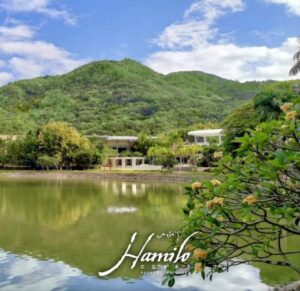Hamilo Coast through its developer, SM Prime’s Costa Del Hamilo, Inc. safeguards a 20-hectare mangrove forest, the largest of its kind in Nasugbu, Batangas, popularly known for its pristine white sand beach, now houses one of the Philippine largest mangrove plantation of its kind. In cooperation with the World Wildlife Fund for Nature Philippines (WWF-Philippines), Hamilo Coast continues to preserve over 50,000 mangrove trees to date as it remains committed to its advocacy for environmental and social sustainability.
Mangrove forests make up one of the most productive and biologically diverse ecosystems on earth. Mangroves come in a variety of sizes from shrubs to tall trees and grow in waterlogged soils of salt water. With their roots sticking up out of the mud, they generate nursery habitats for a wide-ranging diversity of marine species. Around 46 salt-tolerant mangrove species actually exist in the Philippines.
Aside from their value as marine environments, mangrove ecosystems are also prized as terrestrial ecosystems and as habitat for terrestrial fauna. Hence, these Mangrove ecosystems are a strong focus for conservation since they play a vital role in carbon sequestration, opportunities for biodiversity and ecological benefits to the coastlines.

Hamilo Coast aims to create a beach resort and entertainment destination where its residents and members can enjoy a coastal lifestyle.

Post a Comment
Any comments, my dear?